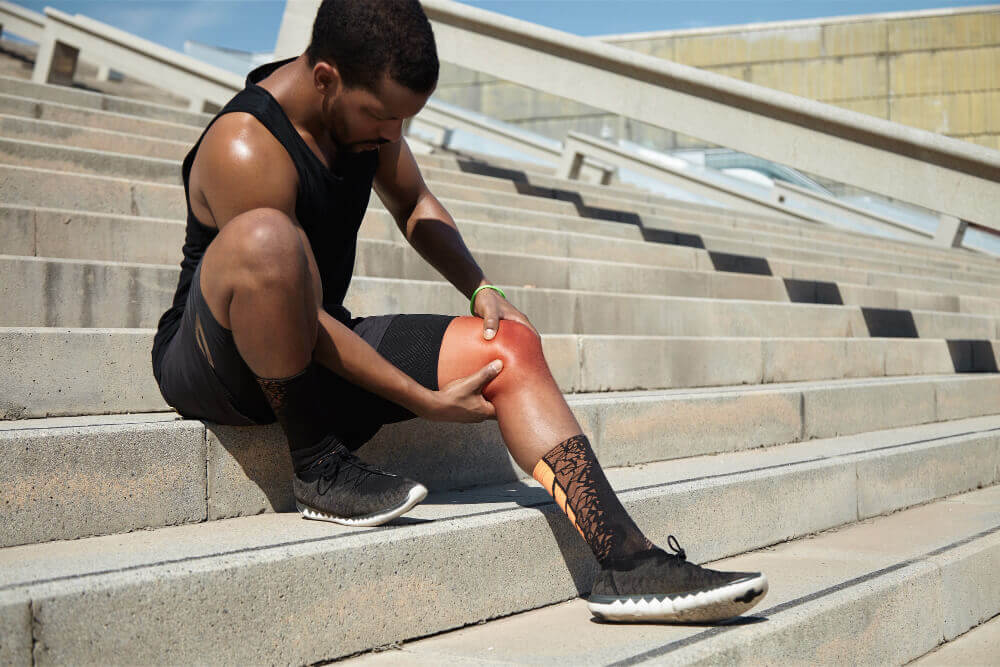Understanding Sciatica and Sports Injuries: Navigating Pain and Finding Relief
Sciatica, characterized by radiating pain and numbness down the leg, often stems from sports injuries affecting the lower back and sciatic nerve. This article delves into the connection between these issues, exploring causes, symptoms, and effective treatment options to guide your journey towards recovery.
Sports Injuries and the Link to Sciatica
Sports that involve repetitive stress on the lower back, sudden twisting motions, or heavy lifting can increase the risk of sciatica. Common sports-related injuries contributing to sciatica include:
- Herniated Disc: When the inner, gel-like material of the spinal disc bulges or pushes out through a tear in the outer wall, it can compress the sciatic nerve, causing pain.
- Spinal Stenosis: Narrowing of the spinal canal due to wear and tear or bone spurs can impinge on the nerve, leading to sciatic symptoms.
- Muscle Strain: Overuse or trauma can strain the muscles surrounding the spine, putting pressure on the sciatic nerve and causing pain.
- Facet Joint Dysfunction: These joints can become inflamed or irritated, putting pressure on the nerve and causing pain.
Recognizing the Signs: Symptoms of Sciatica
Sciatica presents with distinct symptoms:
- Shooting pain: Sharp, burning, or tingling pain radiating down the back of the leg, often starting in the lower back and buttocks.
- Numbness or weakness: Loss of sensation or tingling in the leg, sometimes accompanied by muscle weakness.
- Pain with specific movements: Coughing, sneezing, sitting, or standing can aggravate the pain.
Exploring Treatment Options: Finding the Right Path to Relief
Treatment for sciatica and sports-related injuries depends on the severity and underlying cause. Here’s an overview of common approaches:
Conservative Measures:
- Rest: Avoid strenuous activities that aggravate the pain.
- Ice and Heat Therapy: Alternating ice packs (wrapped in a towel) and heating pads can reduce inflammation and pain.
- Over-the-Counter Medications: Pain relievers like ibuprofen or acetaminophen can help manage discomfort.
- Physical Therapy: Targeted exercises strengthen core and back muscles, improve flexibility, and promote healing.
- Chiropractic Care: Manual adjustments may realign the spine and relieve nerve pressure.
- Acupuncture: This traditional Chinese medicine practice stimulates specific points to alleviate pain and inflammation.
Interventional Procedures:
Epidural Steroid Injections: Corticosteroids injected near the nerve root can reduce inflammation and pain.
Radiofrequency Ablation: Heat energy disrupts nerve signals, providing temporary pain relief.
Surgical Options:
Surgery is considered in severe cases unresponsive to conservative or interventional methods. Options include:
- Microdiscectomy: Removal of a herniated disc fragment compressing the nerve.
- Laminectomy: Widening the spinal canal to relieve pressure on the nerve.
Conclusion: Your Journey to Recovery Starts Here
Sciatica and sports injuries can be debilitating, but with proper diagnosis and treatment, you can find relief and return to an active life. Remember, early intervention is crucial for optimal outcomes. Consult a healthcare professional if you experience sciatic symptoms, especially concerning pain, numbness, or weakness. They will guide you through a personalized treatment plan tailored to your specific needs and help you reclaim your active lifestyle.


